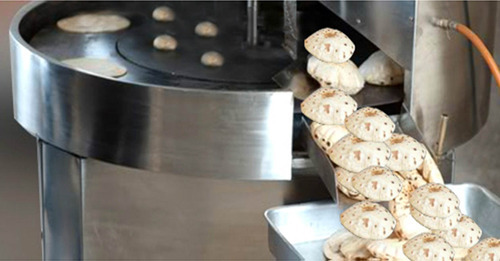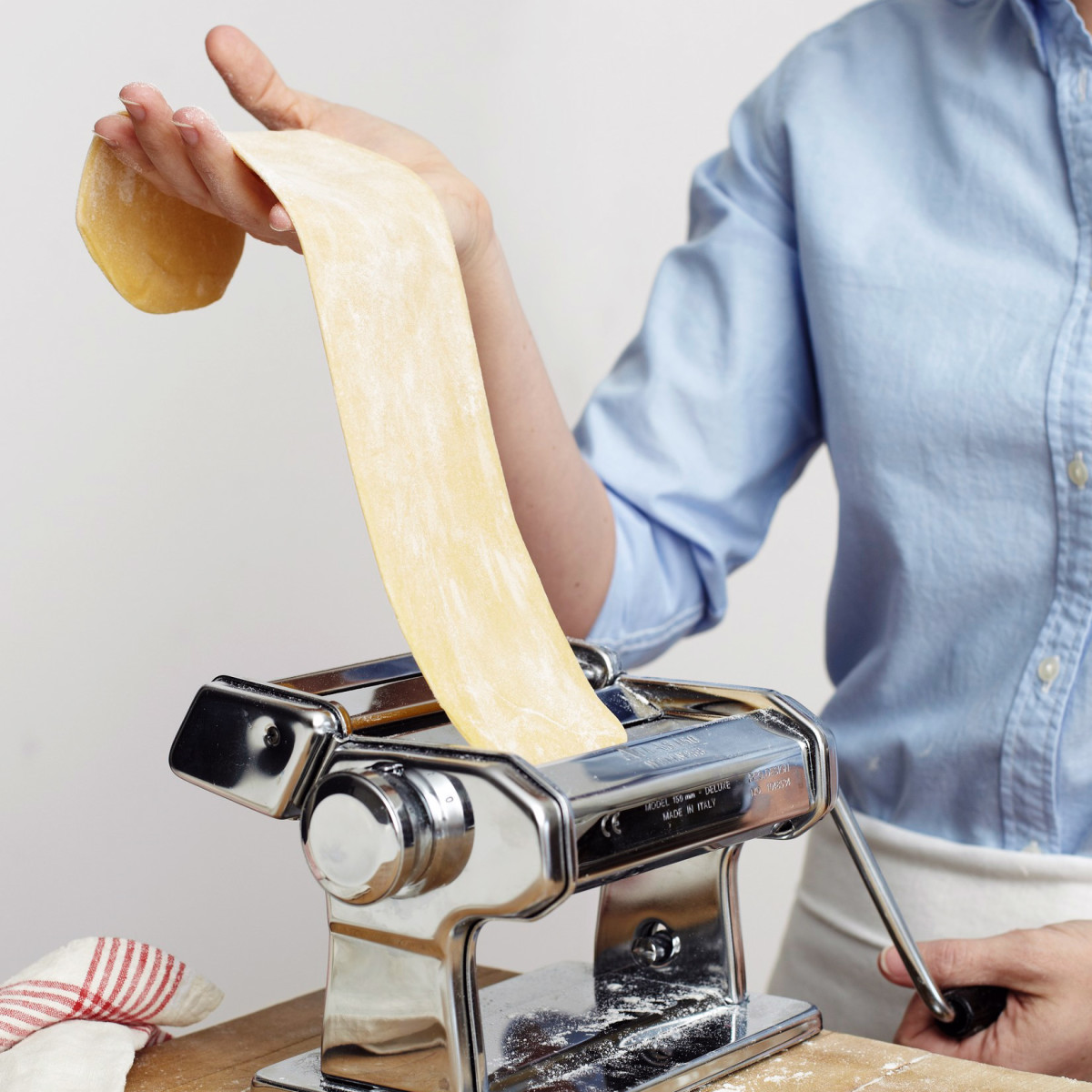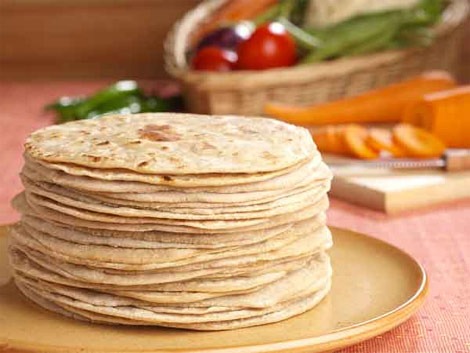Automation is becoming a crucial component in the constantly changing field of kitchen technology, helping to increase productivity and efficiency. The Chapati making machines are one such invention that has become increasingly common in both residential and commercial kitchens. The degree of automation in chapati machines has revolutionized the way we make this basic food, moving from old-fashioned manual techniques to cutting-edge fully automatic systems. Let’s examine the progression of chapati machines from semi-automatic to fully automatic and discover the features and advantages that come with each stage.The purpose of a semi-automatic chapati machine is to make chapatis, a popular unleavened flatbread found in many cuisines, easier to make. This machine allows users to produce chapatis quickly while retaining customization and quality control because it balances automation and manual control. By introducing automation into specific stages of the chapati-making process, semi-automatic chapati machines marked a significant shift.
These devices usually speed up the preparation process by automating the rolling and pressing of the dough. Although the machine still requires manual dough loading and operation, the overall workload is significantly decreased. Benefits of using semi-automatic chapati making machines include higher production capacity, uniform chapati quality, lower labor costs and better hygiene.Fully automatic chapati machines advance the process to a higher run on the automation steps. These devices manage the cooking process automation in addition to handling dough preparation. To produce consistently cooked and evenly shaped chapatis, users only need to enter the desired settings into the machine. This degree of automation works especially well in high-demand chapati making machines for commercial use.
Some fully automatic chapati machines come with additional features such as temperature control, thickness adjustment, and the ability to produce different sizes of chapatis.Moreover, Integration with computerized control systems and sensors can enhance the precision and consistency of the chapati-making process.In conclusion, as the demand for convenient and efficient chapati production continues to rise, the choice of the right chapati-making machine becomes crucial for businesses and households looking to streamline their operations. Our offerings extend from semi-automatic to fully automatic chapati machines, allowing you to choose the level of automation that best suits your production requirements.
















